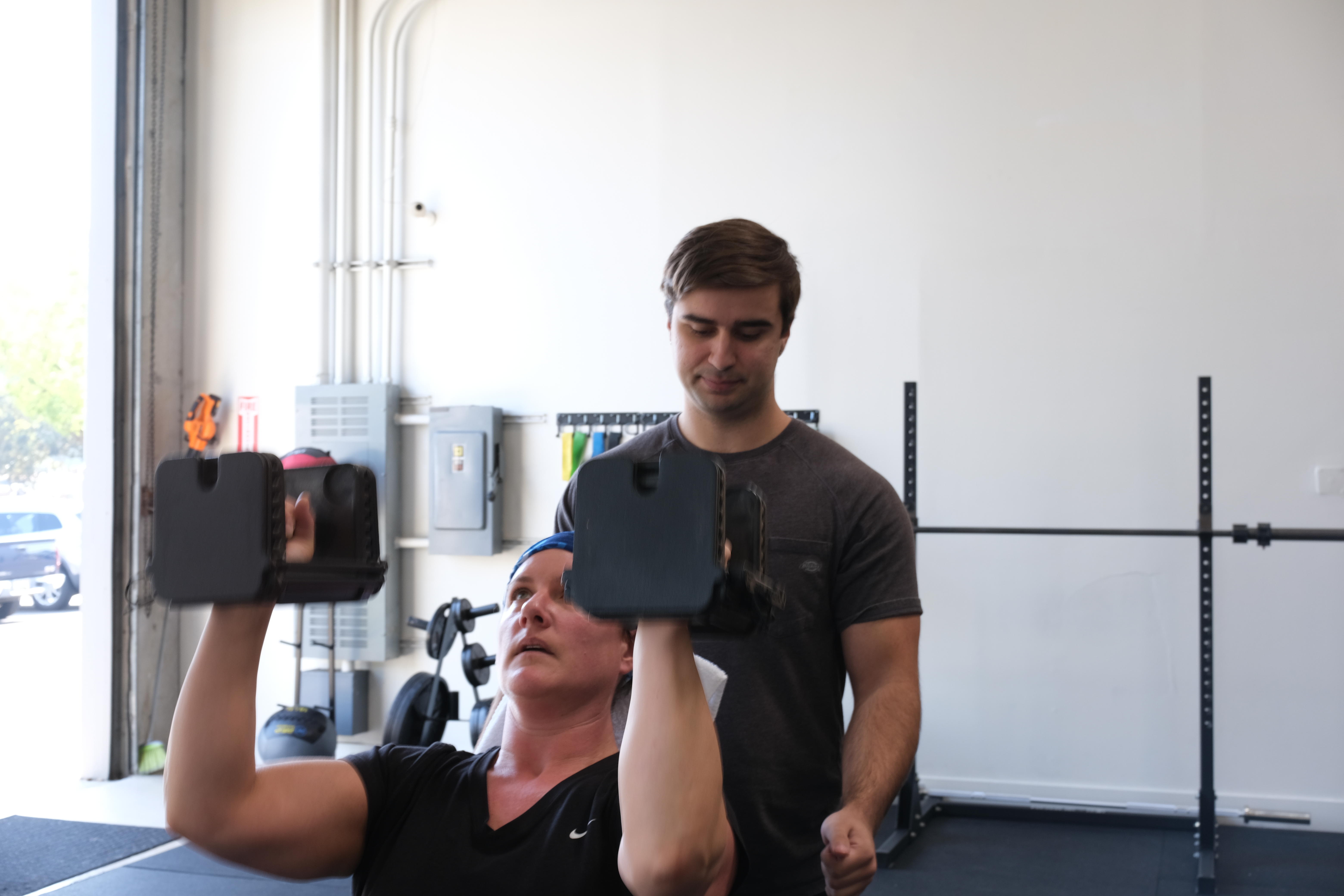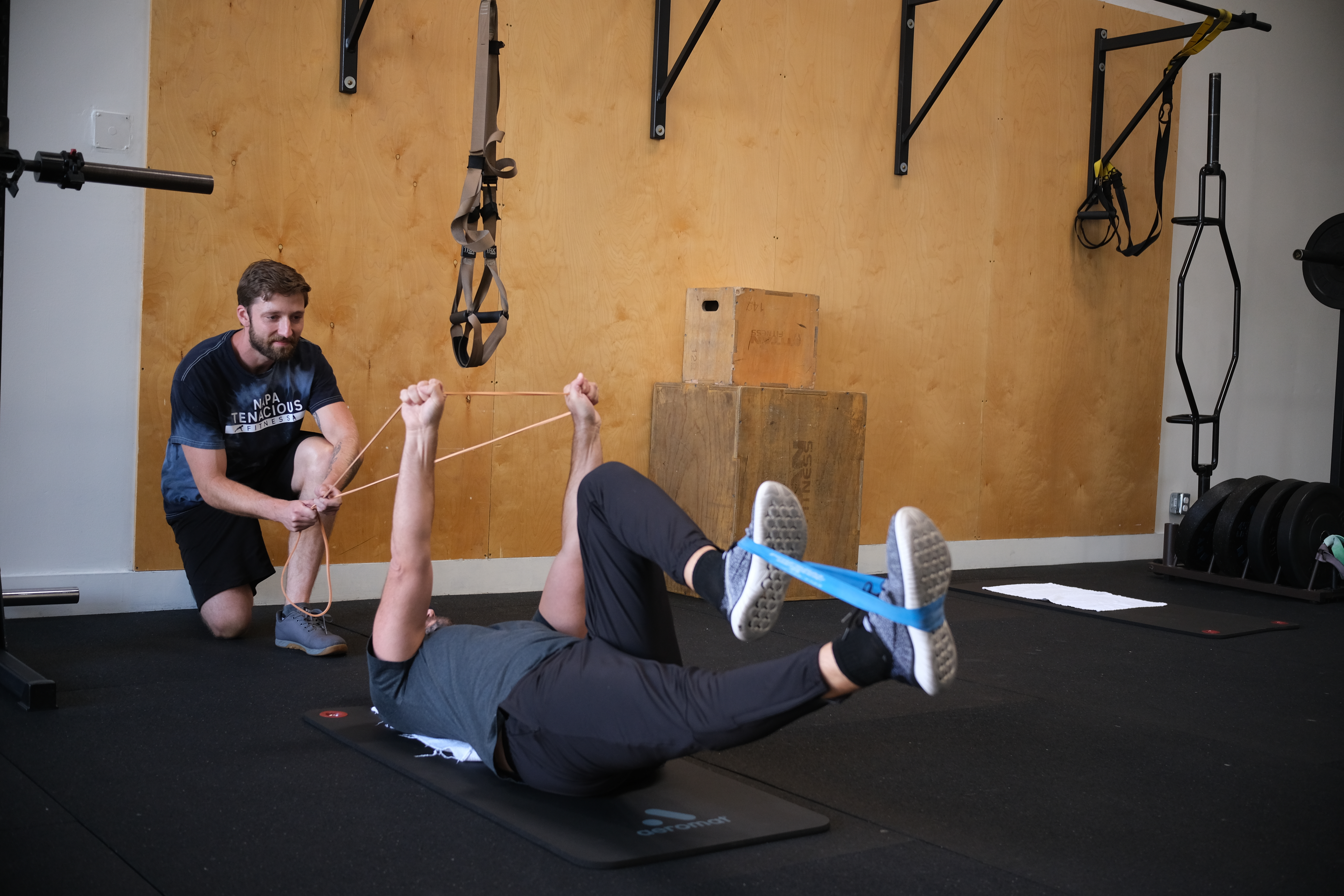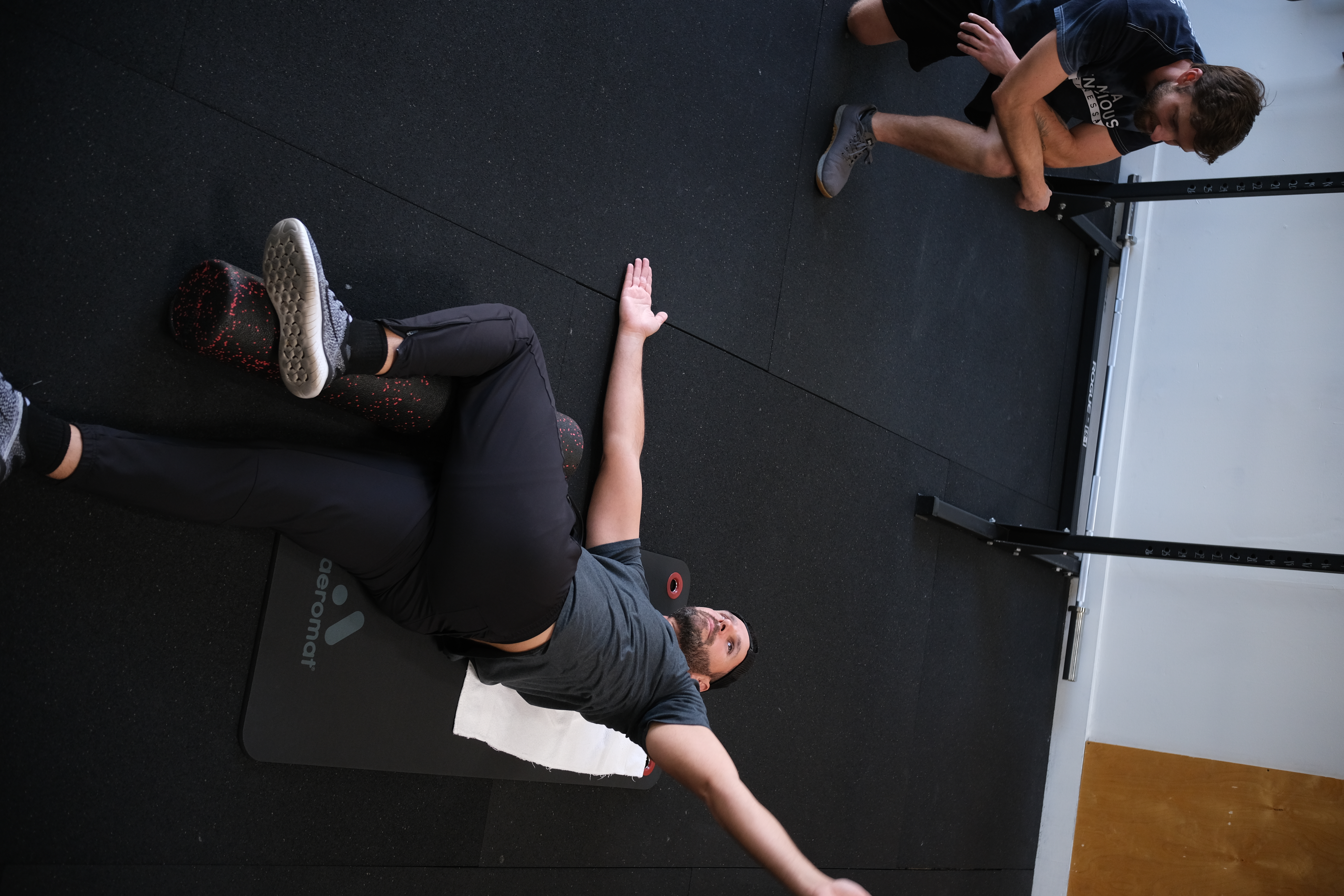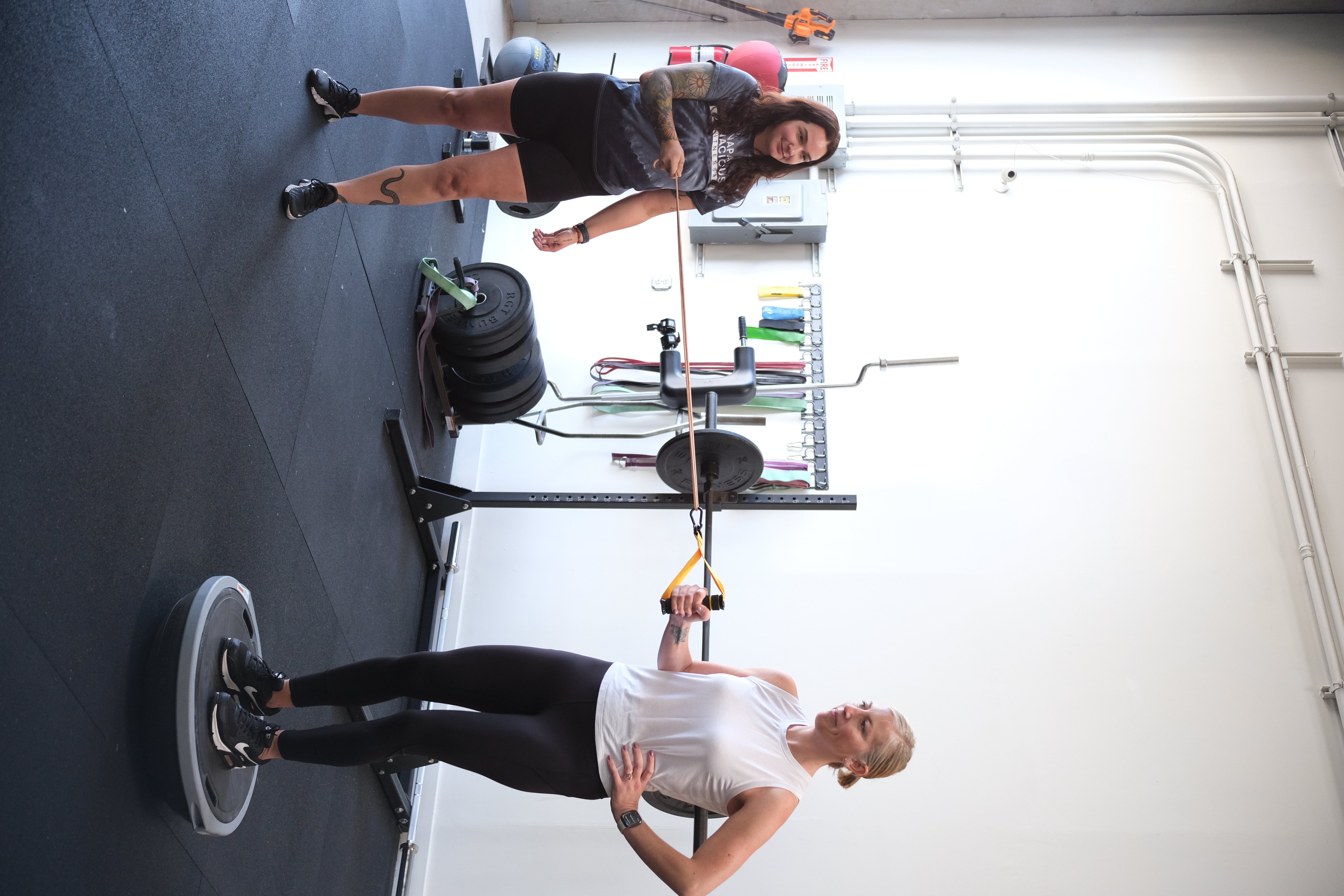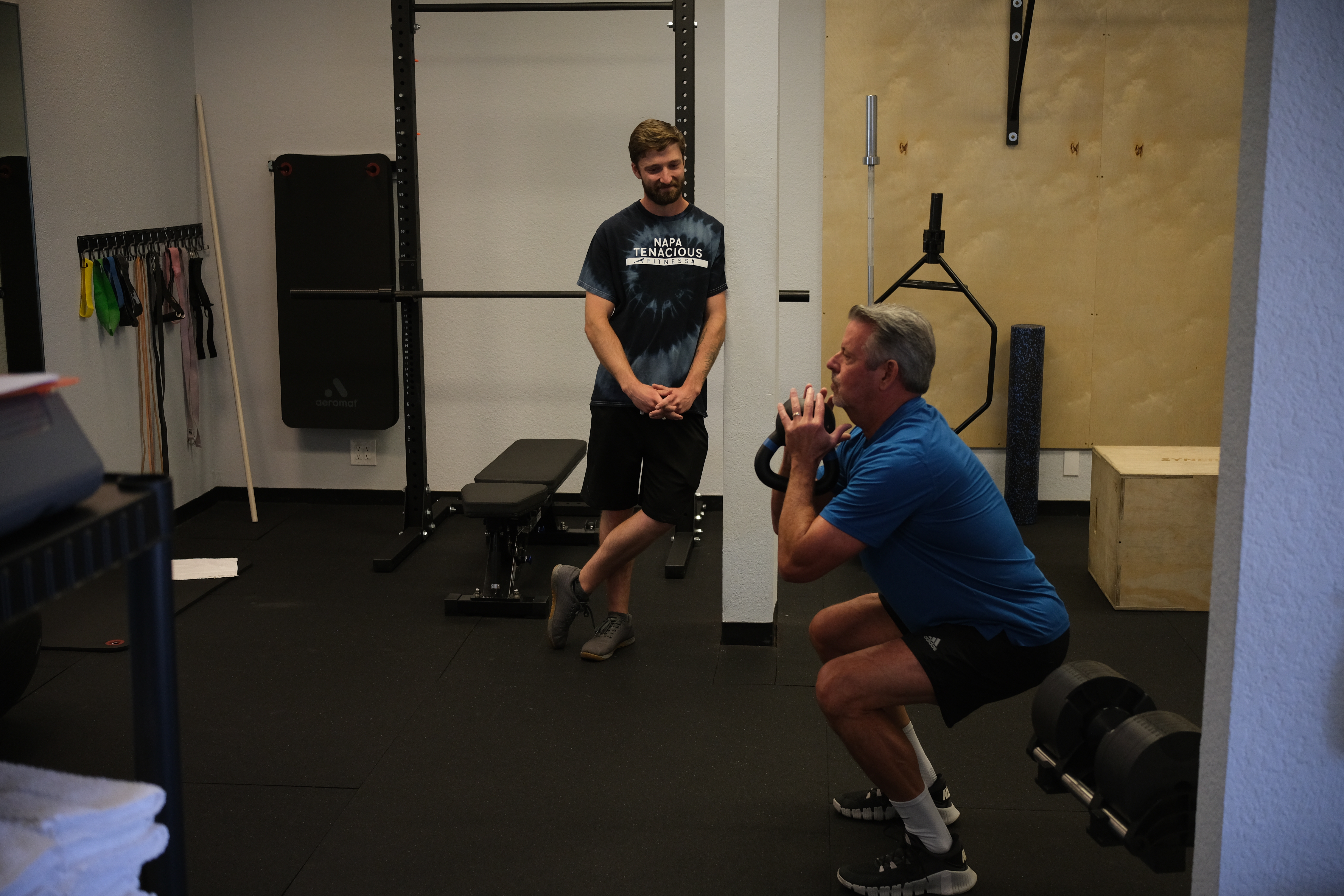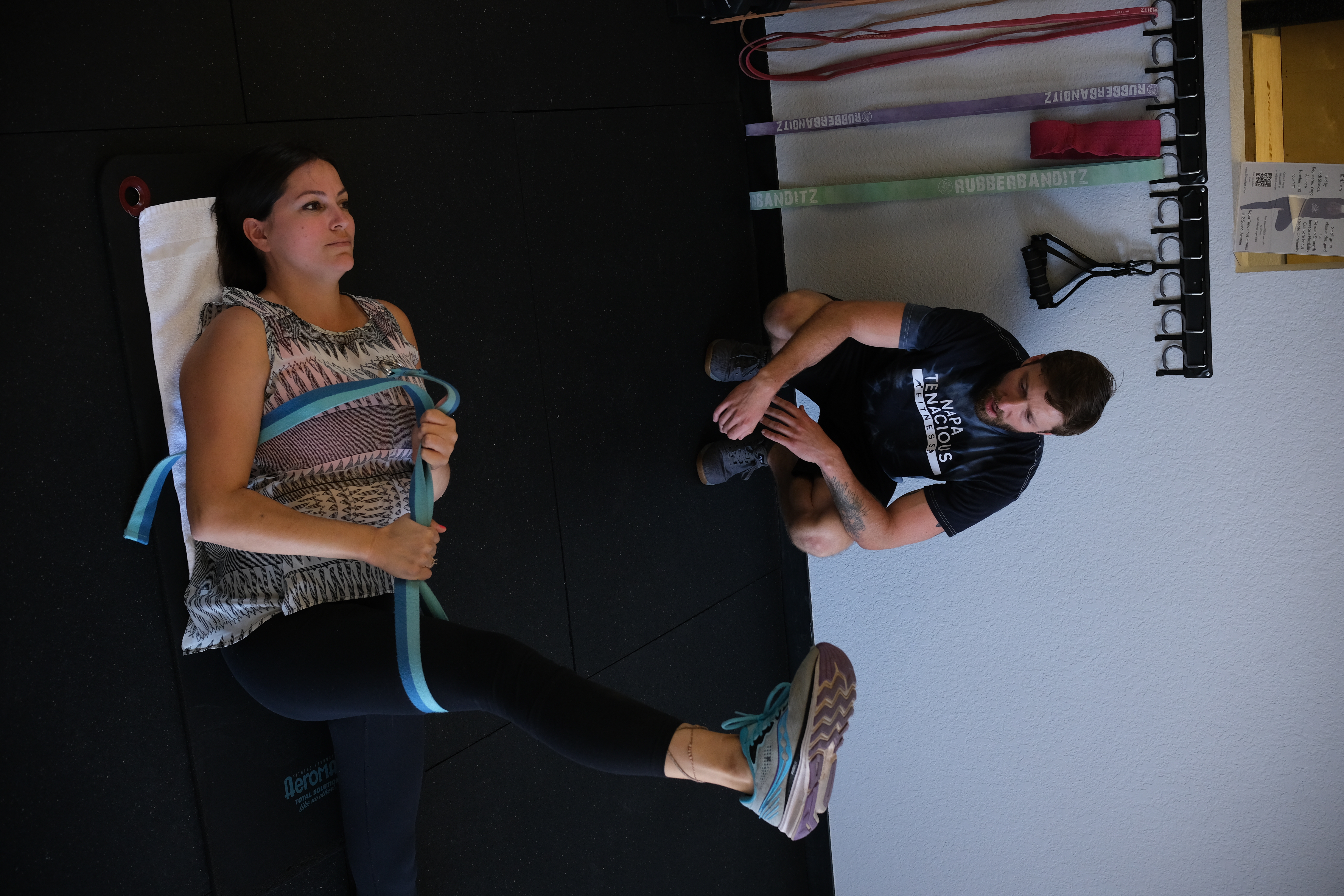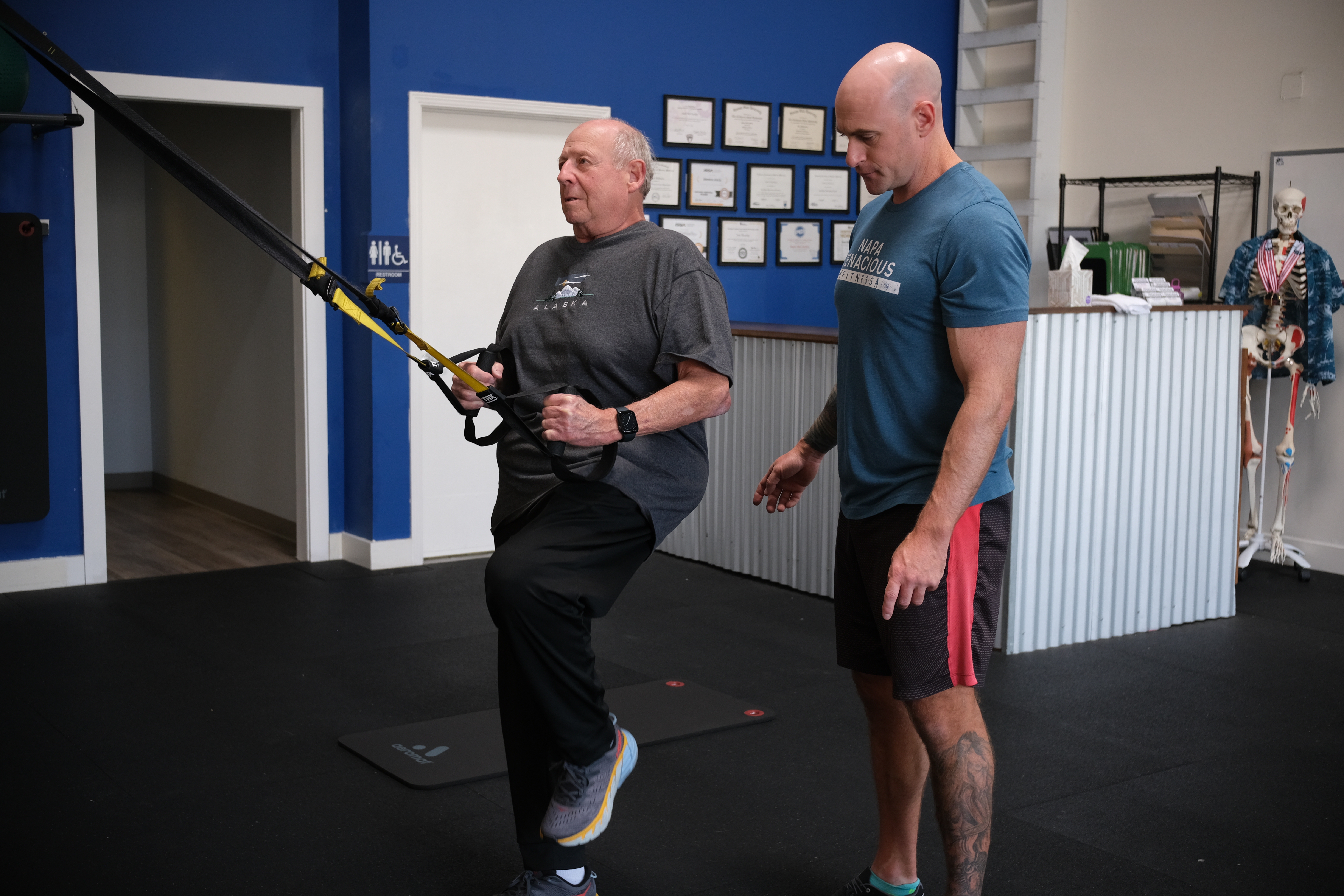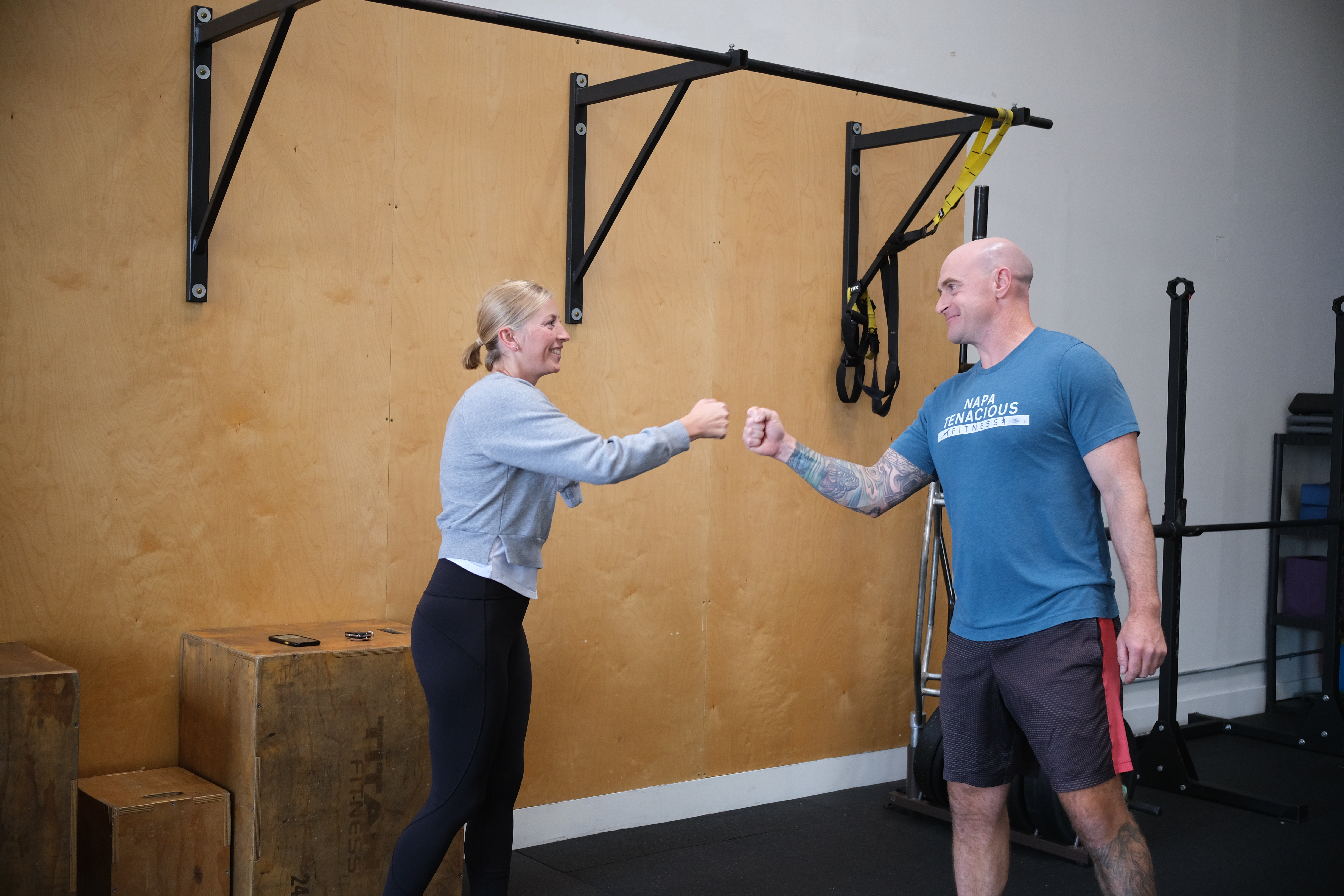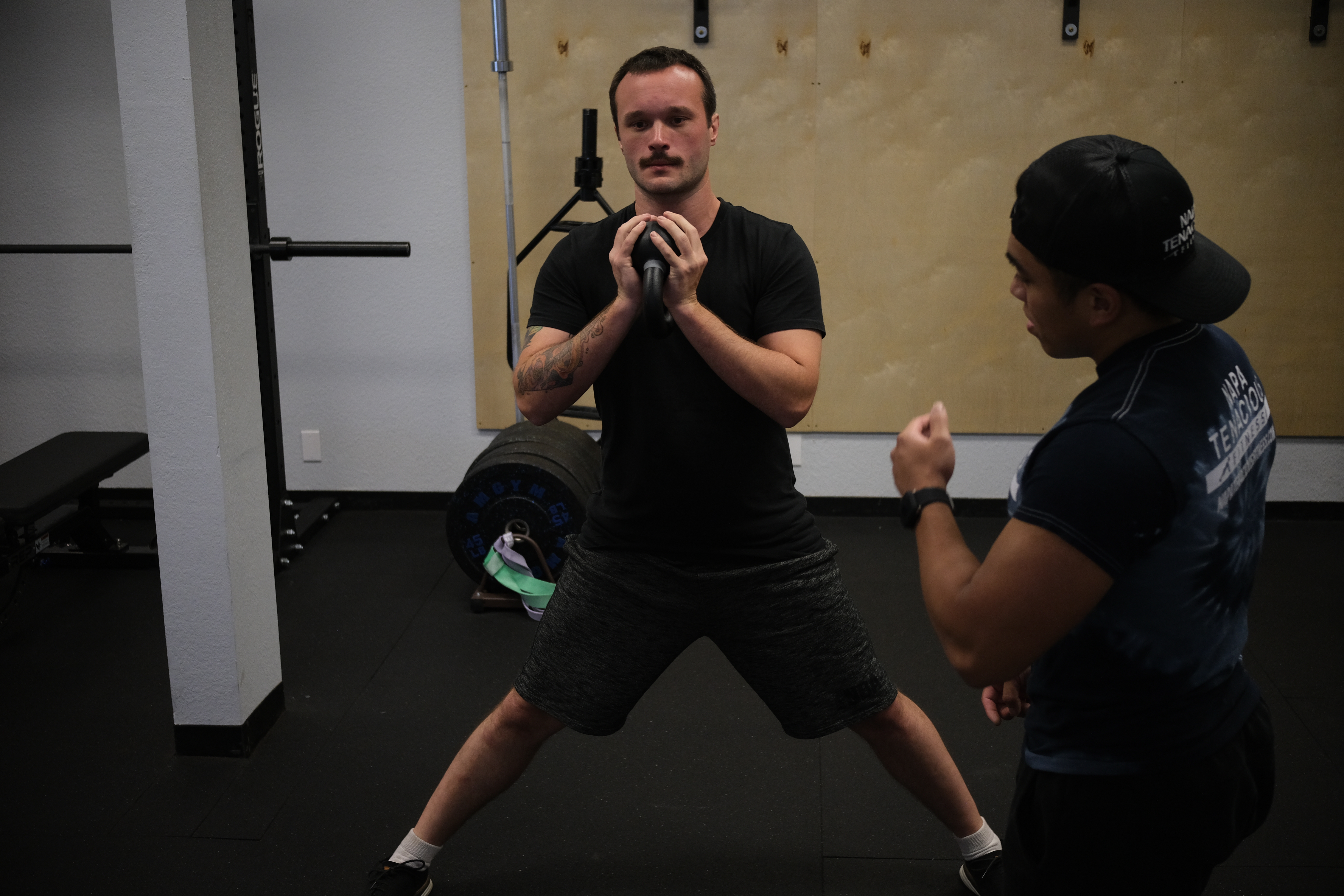“Six packs start in the kitchen,” Felix told me as I was gulping down my protein shake after a two-hour training session and I waited for my dad to pick me up from the gym at seven o’clock in the evening. One-hundred-pound dumbbell chest press, fifty-pound dumbbell curls, and five-hundred-pound leg presses weren’t an unusual sight to observe when Felix trained at the gym. Along with many other regular gym attendees, Felix had the physique and work ethic of an optimally performing human who reaped the benefits of utilizing the gym floor as a potent tool for forging his body into a healthy and strong person.
When I first got a membership to HealthQuest when I was eleven years old, I ventured throughout the gym floor in earnest anticipation to lift the heavy dumbbells, use the “peck deck” machine until my chest exploded, and do sets of dumbbell curls until I couldn’t lift my protein bar to my mouth I looked forward to at the end of my workouts. I admired the chiseled, in shape, and polite gentleman who attended the gym the same times I went after I finished my homework. I was also terrified by the women of the gym who could lift more than the overall body mass of my chicken-legged, baggy t-shirt-wearing, awkward eleven-year-old body.
Developing lean muscle mass like Jean Claude Van Dam and Sylvester Stallone, gaining a sense of confidence, and feeling a sense of security around these more advanced gym attendees was what drove me to consistently attend the gym and lift my ten-pound dumbbells next to the men and women who were lifting twenty to fifty pounds more than me. The passion and drive to put in the rigorous work at the gym were there. But, why didn’t I have the Greek god-like abdominal section of Bruce Lee?
I was flummoxed by Felix’s comment about creating a defined, washboard-like abdominal structure starting in the kitchen. When I read through Muscle and Fitness magazines and watched exercise instruction videos, the models posing in those articles and videos would do a trillion different types of abdominal exercises and have mid-sections that appeared to be able to deflect baseballs hit by Barry Bonds. It might be true that the crunches, side crunches, and reverse crunches performed by the models played a pivotal role in developing a pristine masterpiece of abdominal muscle sculpting. However, what usually isn’t mentioned is the dietary and food decisions that those models diligently executed in excruciating detail to lower the likelihood of storing fat and increase lean muscle mass. In other words, Jean Claude Van Dam, Sylvester Stallone, Bruce Lee, and Felix were masters at making healthy food in their kitchens.
We see clients at our personal training center begin their fitness journeys to create a strong foundation meant to forge an outlook on health and fitness that may have been dormant for a long period. This dormant physical activity contributes to a lack of lean muscle mass, the development of pain causing physical impairments, and public enemy number one: weight gain. As these new exercises participants gain momentum developing lean muscle mass, increasing energy, and developing a sense of accomplishment and overall happiness, the next step is usually refining dietary decision-making tactics.
As social media feeds on Instagram and TikTok feature various methods of themed dietary tactics such as Keto, intermittent fasting, and tracking calories via wearable technology such as Apple watches, one thing is always consistent, we need specific foods that line up with our physical activity levels. Calories break up in the form of carbohydrates, proteins, and fats. The human body utilizes carbohydrates as a fuel source when the energy demand is present. Proteins are used to restore stressed muscles from workouts to create stronger and higher-performing muscles for demanding physical activity. Dietary fats are used as energy when there are no more carbohydrates present in our system.
Carbohydrates can get stored as fat if we don’t use them as energy. In other words, if we eat a sandwich from Subway or a burrito from our favorite taco truck on a day when we’re sitting at the desk all day, our body is going to take those carbohydrates present in the sandwich bread or burrito tortilla, and store them as fat because we didn’t use those carbohydrates as a fuel source. However, if we consume an apple before we attend the gym and conduct an hour-long exercise session, our body will use those carbohydrates as energy to fuel our workouts.
If we’re looking to refine our fitness levels and take the next step when we already have a proficient adherence to exercise, perhaps we can look at what our activity looks like in the kitchen. Focusing on eating foods at a time that lines up with our current state of physical activity is a valuable tactic to assist our body in maintaining a healthy weight and performing optimally.
Sean McCawley, the founder and owner of Napa Tenacious Fitness in Napa, CA, welcomes questions and comments. Reach him at 707-287-2727, napatenacious@gmail.com, or visit the website napatenaciousfitness.com.

